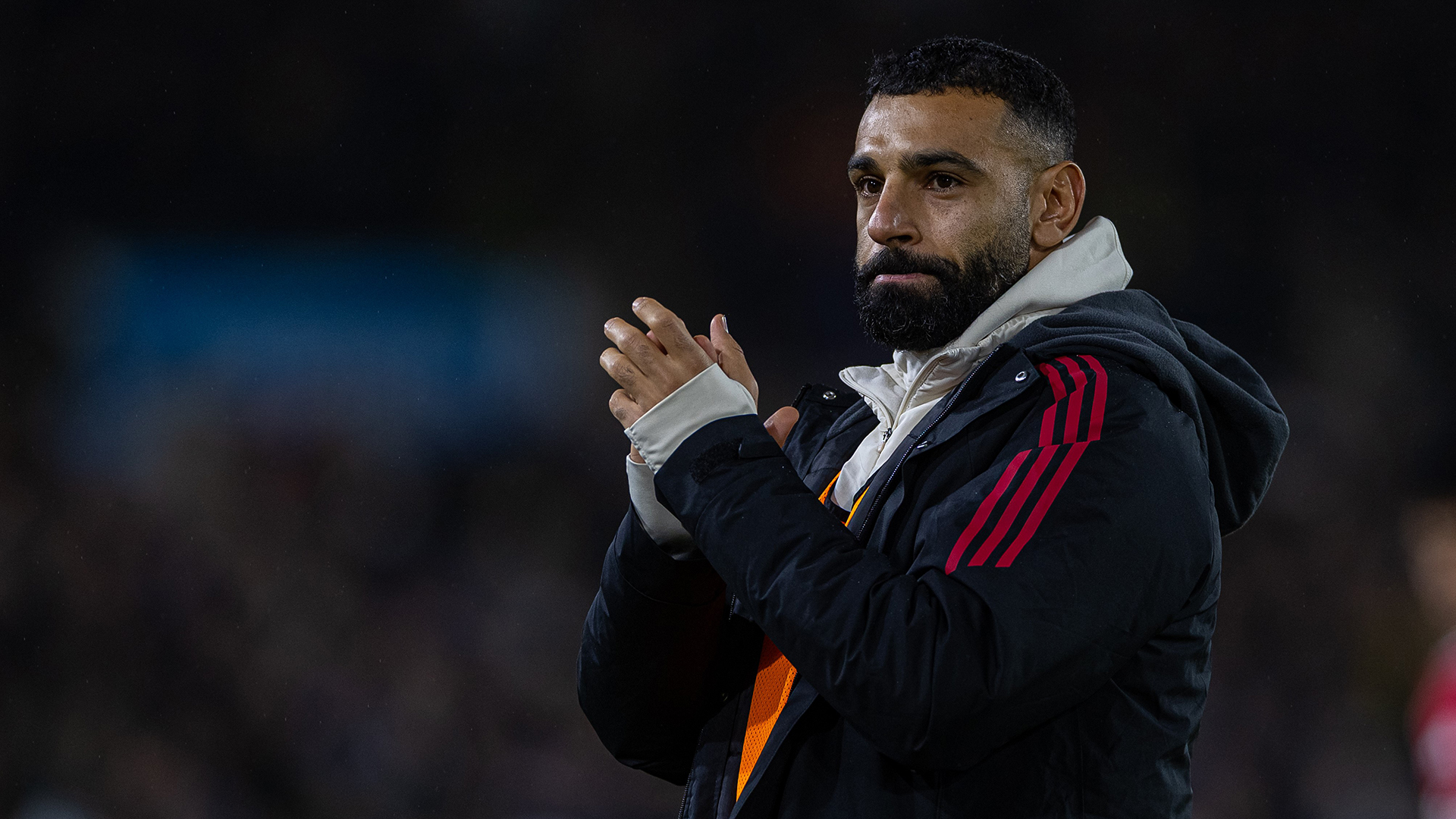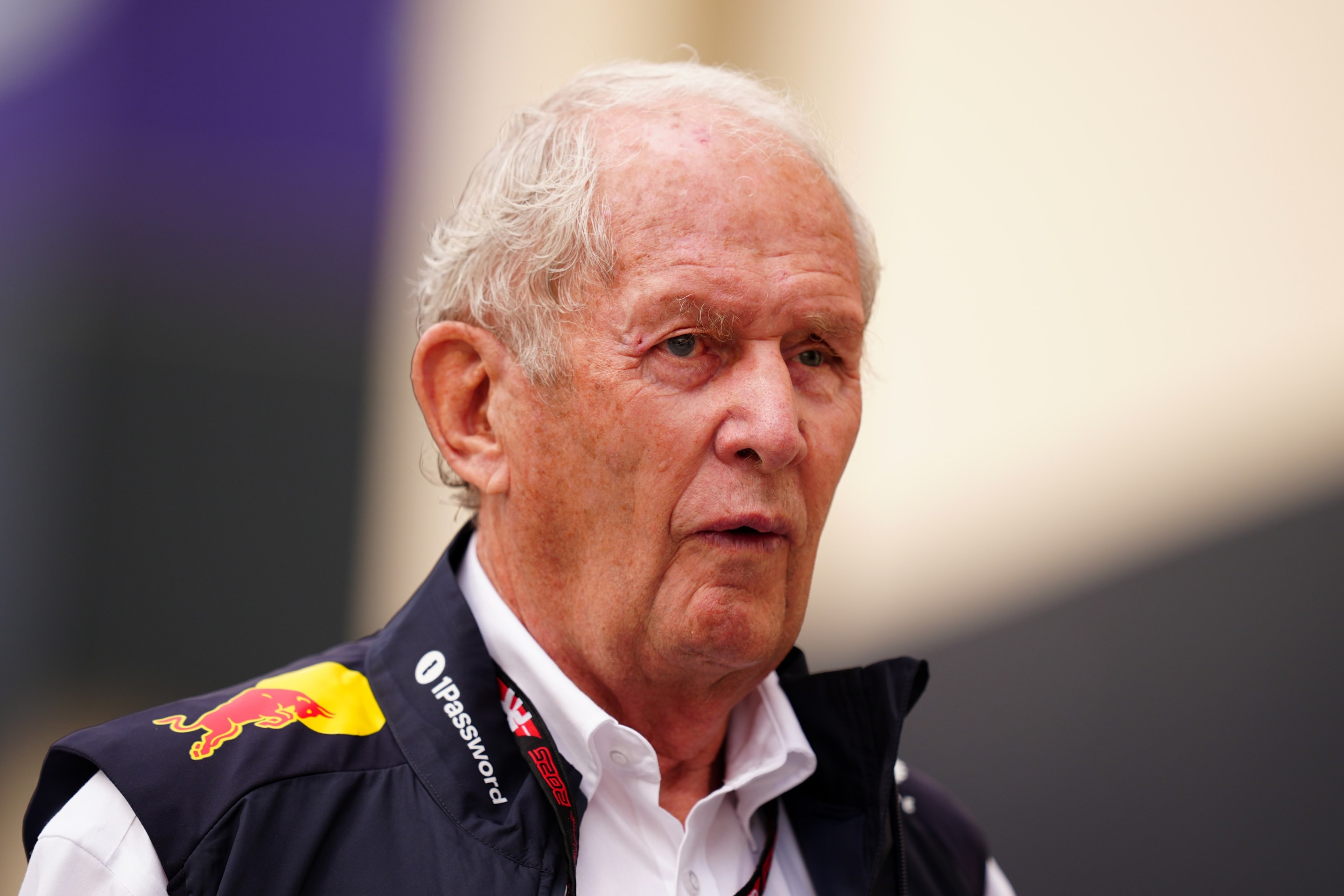In a behind-the-scenes feature for The Matrix Reloaded, there’s a short sequence that takes place during the actors’ training sessions. Bundled up in black (beanie, sweatpants, jacket), steam billowing off his head, Keanu Reeves sits on the ground in a large, spare gym and giggles, saying, “On the good days, we get steam.” Surrounded by the stunt team, Carrie-Anne Moss walks through her moves for the opening sequence at the power plant where she somersaults backwards off her motorcycle and takes down several guards with her helmet. Hugo Weaving, with sweaty hair much longer than it appears in the trilogy, practices crescent kicks, arms straight out for balance, like a dancer. There are a couple quick shots of Laurence Fishburne, alternately with a bushy crop of hair or bald, cranking a leg stretcher so that he’s doing the splits sitting down and turning to the camera, counting the number of months (eight) that they’ve been training. “It’s harder this time,” he says, nodding. The task, compared to the first film, was orders of magnitude more arduous and complicated. Reloaded and Revolutions were shot concurrently, for well over 250 days, along with footage for the Enter the Matrix video game, and animation for The Animatrix.
In some ways, these segments from the DVD featurettes are the most enduring memories I have of the Matrix franchise. It’s in these moments that the veil gets pulled back a little, a cast of familiar and unfamiliar faces sharing the same space, without the sunglasses and leather, trying to get their moves down, all with no shortage of humor and enthusiasm. I grew up watching the trilogy obsessively, Reloaded most frequently, in addition to the behind-the-scenes features, which include a fascinating 90-minute documentary about Reloaded’s freeway chase, from all three films. Evidence of hard work tends to be a defense against criticism, at least with movies. Hundreds, sometimes thousands of people put their prolonged effort into something that shouldn’t just be dismissed outright. Of course, the thing about movies is that the end result is what matters for the critics and audience, and the end result of the Matrix trilogy isn’t generally agreed upon as a success. Too hokey, too hammy, too long. But you’re either onboard or you’re not. What the footage from the making of these movies shows, as opposed to justification for what happens or how and why, amounts to a holistic overview, an important document detailing the uncommon commitment and vision it took to realize one of the few truly transformative series in cinematic history.
It is not without a measure of nostalgia that I say, as a whole, that the Matrix franchise has been vastly underrated for reasons that have little to do with the landmark achievements—technical, digital, practical, textual—that are traditionally associated with the first film. I often urge people who believe The Matrix is a perfect film, and who denigrate or at least chuckle at Reloaded and Revolutions, to watch the next two installments with an understanding of where the narrative was heading the entire time, right from the moment Neo wakes up to the message: “The Matrix has you.” I also urge them to realize that, as heavy-handed and grave as the series can be, it’s also one that genuinely invites humor and playfulness into its multitudinous readings. There’s just as much to chuckle at in the first film (say, when Neo rises from the dead and dismissively turns away from Smith to fight him with one hand), which is also what makes so many of the most famous moments indelible, resonant, artful, fucking cool.
If The Matrix, with its groundbreaking visual effects, queer aesthetics, trans allegories, religious symbolism, Hong Kong martial arts, slow-motion action sequences, and grungy cyberpunk trappings, was about reality, then Reloaded is about love, in all forms, and Revolutions is about hope. (Alternately, as Fishburne says in the Revolutions behind-the-scenes, “birth,” “life,” and “death.”) Ephemeral, fuzzy, common-to-the-point-of-meaningless ideas that the Wachowski sisters render into thrillingly grimy tangibility. The second film takes place just six months after the first, with Neo coming into a more confident, but still hazy understanding of both his abilities and his role as the One. He flies around in a black cassock, fighting Agents, liberating human minds, a priest trying to grasp the fact that the gospel he’s preaching literally features him in it. I used to rewind the beginning scenes of Reloaded a lot, specifically when Link, the new operator of Morpheus’s ship the Nebuchadnezzar, says of Neo, “He’s doing his Superman thing.” The film cuts to a fully CG shot of Neo above moonlit clouds, sunglasses on, hanging in the air for a moment, before he flies back down to ground level, a swirling vortex created in his wake.
In many places, the visual effects of Reloaded and Revolutions are soft, almost plastic, nowhere near the base standard you could get from newer software today, but they service a built-in concept, the more absurdist aspects of which the Matrix trilogy always leaned into and which most blockbusters now can’t even attempt to convincingly synthesize in their own mythologies: that reality can be bent, broken, and shaped according to your belief, that ability or skill are only a stop-gap when it comes to defeating your enemy, that you can’t do any of it alone. Which is why, after the relative visual chill of The Matrix, the sweat, skin, sex, blood, and warm breath of Zion, the last human city only hinted at in the first film, makes Reloaded and Revolutions feel so (for many, bewilderingly or uncomfortably) different.
Sensuality is on the periphery in The Matrix, where body horror and psychic destabilization take center stage, but the Wachowskis, whose projects have always been in thrall to physical human connection as much as emotional, set up the idea that people like Neo, newly freed from their amniotic prisons, ignorant of reality, have never actually experienced human contact. The erotic, joyous dance sequence in the halls of Zion and the intercut love scene between Neo and Trinity is an illustration and ecstatic release of human connection, a bald rebuke against fear and loneliness. The siege against the machines that takes place in the very same location in Revolutions is a more traditional depiction of resistance, but one that troubles its visual spectacle by reiterating, constantly, the collective efforts of ordinary people. When I was a kid, I usually skipped over the Zion scenes entirely. I wanted the fight between Seraph and Neo, the Burly Brawl, the freeway chase, the final showdown against Smith. Now I wish there was more to see of Zion (haven’t seen Resurrections yet, so there probably will be!), more time with Neo and Trinity, more time to grasp what those scenes allow—a necessary glimpse at what grounds the human resistance effort against the machines, of course, but also a reminder of what makes the Matrix films difficult to dismiss as pretentious fantasy.
One of the most common critiques of the final two films is that the Wachowskis traded in imaginative storytelling for silliness. The action sequences are cool, but what is it building toward? Well, it builds toward exactly what the first movie was always hurtling towards. Liberation. Peace. Solidarity. That’s what each expertly crafted setpiece and tightly choreographed fight scene is about, what occasions and drives each bullet, each punch. For the Wachowskis, the action can’t stand alone. It has to be motivated by more than revenge or anger. In a story that is about nothing less than the entire fate of humanity, chalking it up to individuality doesn’t make sense, which is why these movies aren’t really about Neo. He’s the last link in the chain and without the people around him, everything collapses. So many versions of this idea are sublimated throughout the entire Matrix trilogy that each movie invites multiple viewings, each for almost entirely different reasons. That includes the awesome action, the lack of thematic subtlety, and the circuitous dialogue. Like I said before, you’re either onboard or you’re not.
What Reloaded and Revolutions introduce to the relatively simple plot of The Matrix, really what makes all three movies so good for their execution of it, is the complication of free will. Not just the universal quandary of whether or not it exists, but whether or not it is then worth it to continue acting knowing a path has already been laid out for you. Over and over, the characters in these movies repeat lines about understanding themselves and their place in the world. Over and over, they’re told that, despite the amazing things they can do, they’ll never reach their full potential if they don’t grasp what those abilities are in service of. “Purpose” is the word heard round the trilogy. What gets in the way of that is doubt, a lack of community, hubris, greed, the usual suspects. In the context of The Matrix, these amount to fundamentally irrevocable facets of sentient life. It’s a telling feature of these movies that the superintelligent, tyrannical AI, rather than being perfectly logical and objective, is shown to be just as impulsive and emotional and irrational as the humans are. The Wachowskis seem disinterested in self-satisfied finger pointing. After all, it was humanity that created AI in the first place, and it’s through the help of several benevolent computer programs that they have a fighting chance to begin with. Relevant to today, no doubt, but more than that, compelling for how this kind of story is told.
The real pretension is thinking such an existential drama must necessarily be dour, overly sophisticated, stoic, part and parcel with the idea that violence, grittiness, and action must be serious, masculine, binary, joyless. The Matrix trilogy is a richly layered, soulful, and rare piece of filmmaking. What stands out about the trilogy now, almost two decades after the release of Revolutions, is not just the technical mastery that went into each film—remember when it was possible for a big, over-the-top action sequence to be story-boarded, lit, and edited in a way that made it legible to the audience?—but the fearlessness and ambition that suffuses all three. There are more ideas stuffed into these movies than you can find in entire genres these days, and the Wachowskis never once took their feet off the gas when it came to giving those ideas shape. Who else would have had the courage to begin their sci-fi franchise with crisp martial arts action and gritty gun battles, and then end it with a swarming robot army and two god-like characters flying into each other like superheroes?
All the more reason to laugh and gasp and cry with these movies. The Wachowskis have never let their work stand in opposition to the things that thrill and delight us. Hollywood is full of cynical hacks who hawk meaningless dreck, and The Matrix could easily have been a casualty of its vapid, repetitious, cash-grabbing excesses. Which is another way of saying that, if, after almost 20 years, The Matrix Resurrections were helmed by anyone else, I’d mourn the state of cinema more than I already do. But these films are their own kind of miracle, massive and personal, ridiculous and wise.






